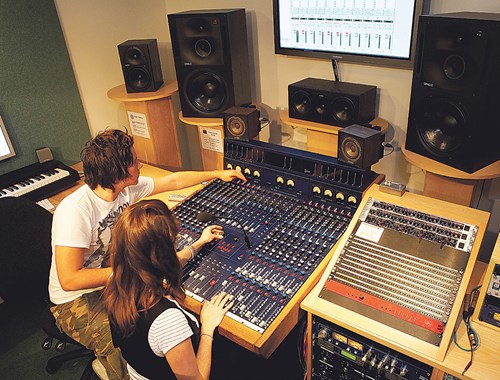Group Size
?
1.) Small group (teams of 4-6)
2.) Individual Task
3.) Large Group
4.) Any
Any
Learning Environment
?
1.) Lecture Theatre
2.) Presentation Space
3.) Carousel Tables (small working group)
4.) Any
5.) Outside
6.) Special
Any
QAA Enterprise Theme(s)
?
1.) Creativity and Innovation
2.) Opportunity recognition, creation and evaluation
3.) Decision making supported by critical analysis and judgement
4.) Implementation of ideas through leadership and management
5.) Reflection and Action
6.) Interpersonal Skills
7.) Communication and Strategy
1Creativity and Innovation
2Opportunity recognition‚ creation and evaluation
3Decision making supported by critical analysis and judgement
4Implementation of ideas through leadership and management
5Reflection and Action
6Interpersonal Skills
7Communication and Strategy
Since 2005 over 400 final year students have undertaken this creative enterprise module.
Students are challenged to develop a creative project over the course of the year which has some commercial element – it might be a product, a service, an event, or a series of performances – but there are some key elements to note; students actually have to DO something, not just write about it, and they have to enter it into the university’s enterprise competition (historically the Business Plan Competition, now the Create it and Plan it elements of Bath Sparks).
Students organise themselves into small teams, write a business plan for their chosen music-related project and then work on creating this project throughout the year: this involves them in raising and making money, and engaging in new and existing markets.
Students are encouraged to think imaginatively about potential commercial ideas, manage risk and reward, and develop future business ideas. Their journey is often illustrative.
They learn the advantages of networking as well as delivering and managing their material. They are subject to peer-group review as well as tutor and business support.

The planning, execution, and reflection on trying to make their ideas happen is massively valuable learning and drives not only the development of employable competencies but provides evidence that students routinely use to gain future employment should their enterprises not work out. It is ultimately a safe space to trial their ideas and learn the hard way.